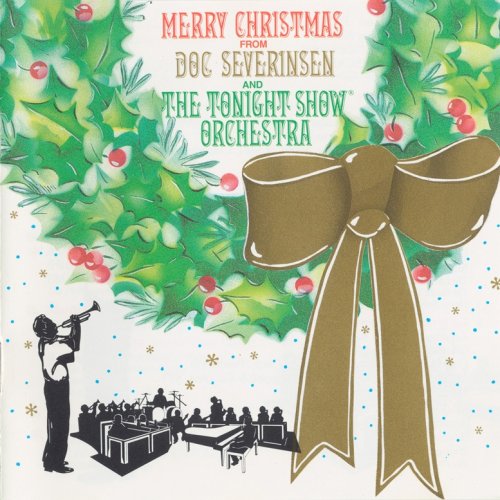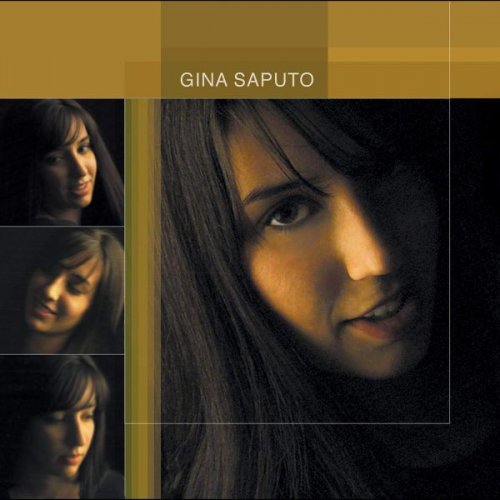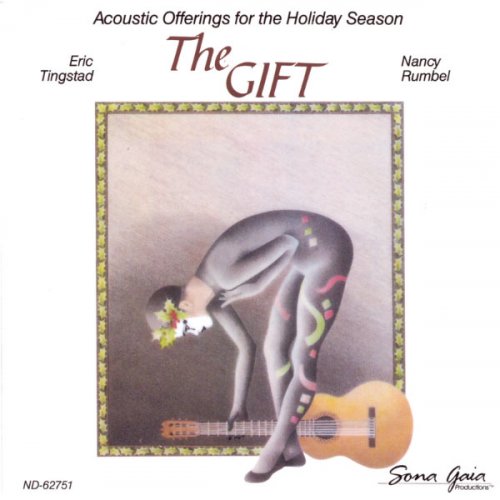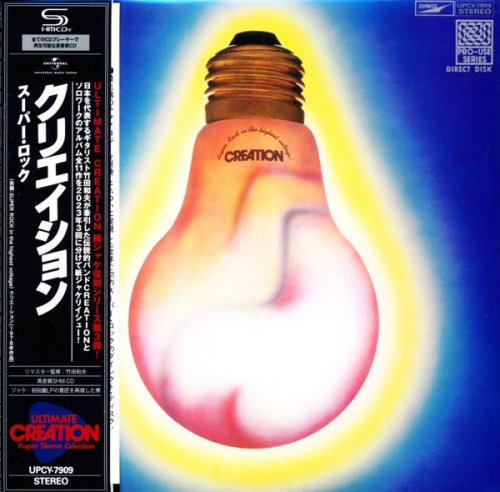Sharon Bezaly - From A to Z, Vol. 3 (2004)
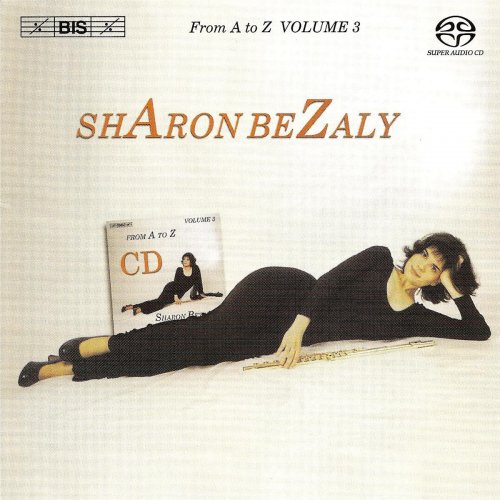
Artist: Sharon Bezaly
Title: From A to Z, Vol. 3
Year Of Release: 2004
Label: BIS
Genre: Classical
Quality: FLAC (tracks)
Total Time: 01:17:52
Total Size: 255 Mb
WebSite: Album Preview
Tracklist: Title: From A to Z, Vol. 3
Year Of Release: 2004
Label: BIS
Genre: Classical
Quality: FLAC (tracks)
Total Time: 01:17:52
Total Size: 255 Mb
WebSite: Album Preview
Demons (Brett Dean)
1. Demons 09:18
Passacaglia, Op. 48, No. 2 (Ernő Dohnányi)
2. Passacaglia, Op. 48, No. 2 09:20
Songlines (Carl-Axel Dominique)
3. I. Dawn 03:19
4. II. Star Dance (the stars dancing in a blackbird´s mind) 04:21
5. III. Raga - Tango 05:42
6 Pieces romantiques, Op. 55 (Cécile Chaminade)
6. Piece romantique 02:16
Zodiak, 12 Kostellationen mit Prolog ind Epilog, Op. 140 (Caspar Diethelm)
7. Prologue 02:35
8. I. Aries 00:48
9. II. Taurus 02:14
10. III. Gemini 00:43
11. IV. Cancer 00:41
12. V. Leo 02:21
13. VI. Virgo 00:58
14. VII. Libra 01:03
15. VIII. Scorpio 03:01
16. IX. Sagittarius 01:26
17. X. Capricorn 01:22
18. XI. Aquarius 02:03
19. XII. Pisces 03:22
20. Epilogue 03:10
8 Etudes de salon (Johannès Donjon)
21. III. Le chant du vent 02:35
Flute Sonata No. 4 in G major (François Devienne)
22. I. Allegro brillante 04:56
23. II. Adagio 02:35
24. III. Rondo 04:05
Syrinx, L. 129 (Claude Debussy)
25. Syrinx 03:38
Performers:
Sharon Bezaly (flute)
Sharon Bezaly, so the sleeve-note says, is the world’s only full-time international flute soloist. There is no doubt that she is a remarkable musician with a circular breathing technique that enables her to produce a thoroughly seamless sound of a staggering nature. She is under exclusive contract to BIS records and to date has produced no less than 17(!) albums for them. I don’t know what the majority of the others are but this disc is volume 3 of a project entitled "from A-Z" (shAron beZaly – get it?). If you’re wondering what that might really mean you will notice that, apart from Cecile Chaminade, all the pieces are by composers whose surnames begin with D – now do you see! After my first listen to this disc I thought that I’d report to you that almost 80 minutes of solo flute music is too much for anyone but the truly obsessive flute lover. However after subsequent hearings I’ve decided that I was wrong, though how many such volumes I could listen to I don’t know. However I’d better reserve my judgement just in case.
The pieces are so well chosen for their demonstration of the way in which the flute can portray so many moods that I found it all a truly inspiring experience. The first piece by Brett Dean, an Australian composer, unknown to me, entitled "Demons" was of particular interest as it uses the flute in quite a different way than most of us are used to. Far from the ethereal sounds usually associated with the flute it involves an opening punctuated with a series of high Ds (what else?) and much use of the production of more than one note at a time where you can hear the player’s voice coming through. I’m sure it will become a piece that flute players will want to attempt as it certainly amply shows the multi-faceted nature of the instrument. I should imagine it is devilishly difficult to play – "Demons" is an apt title! It was interesting to hear a piece written by Dohnanyi, whose music we don’t hear enough of, and his "Passacaglia" is a lovely work that was written the year before he died in 1960. Usually Hungarians give away their nationality in their music but not so here where I could detect no national traits just a beautifully constructed piece giving the flautist much to do and the listener great pleasure. Carl-Axel Dominique’s "Songlines" takes its title from Bruce Chatwin’s book of the same name and is linked to its concept that music "represents a sort of musical map of reality for the Aboriginal people of Australia" (liner notes). Once again it is a fascinating work that shows the flute in many of its moods. With the opening movement depicting the world’s first daybreak, the second a blackbird and the final one a raga, one is not surprised to learn that he studied with Messiaen and is a highly acclaimed interpreter of that composer’s "Catalogue d’oiseaux". The disc’s odd one out in alphabetical terms is Chaminade’s "Pièce romantique" but it is a celebration of the gorgeous sounds the flute can make - all within the space of two minutes.
Caspar Diethelm’s compostion "Zodiac" comprising fourteen sections, the twelve signs with prologue and epilogue, is interesting. I wonder how many would recognise themselves in the depiction in music of their own star sign; I found mine (Aries) far too energetic, though I do border on Taurus. However, the composer said he was not trying to depict man’s characteristics as attributed to the star signs but "an image of a cosmic wheel" as "a symbol of outer space" and man himself in a "circle of constant rotation". There are three final pieces. The first is by Jean Donjon, himself a flute virtuoso whose "Le chant de vent" from eight chamber studies for solo flute, reminds us of the flute’s ability to represent wind so perfectly. François Devienne’s "Sonata No.4 in G Major" takes us back to the wonderfully mellifluous flute writing of the 18th century. Finally to Debussy’s "Syrinx", that magnificent little piece full of sensuous promise that I’ve never heard played so convincingly.
All in all an album to cherish though how many more she can produce to get to Z I can’t imagine. -- Steve Arloff
The pieces are so well chosen for their demonstration of the way in which the flute can portray so many moods that I found it all a truly inspiring experience. The first piece by Brett Dean, an Australian composer, unknown to me, entitled "Demons" was of particular interest as it uses the flute in quite a different way than most of us are used to. Far from the ethereal sounds usually associated with the flute it involves an opening punctuated with a series of high Ds (what else?) and much use of the production of more than one note at a time where you can hear the player’s voice coming through. I’m sure it will become a piece that flute players will want to attempt as it certainly amply shows the multi-faceted nature of the instrument. I should imagine it is devilishly difficult to play – "Demons" is an apt title! It was interesting to hear a piece written by Dohnanyi, whose music we don’t hear enough of, and his "Passacaglia" is a lovely work that was written the year before he died in 1960. Usually Hungarians give away their nationality in their music but not so here where I could detect no national traits just a beautifully constructed piece giving the flautist much to do and the listener great pleasure. Carl-Axel Dominique’s "Songlines" takes its title from Bruce Chatwin’s book of the same name and is linked to its concept that music "represents a sort of musical map of reality for the Aboriginal people of Australia" (liner notes). Once again it is a fascinating work that shows the flute in many of its moods. With the opening movement depicting the world’s first daybreak, the second a blackbird and the final one a raga, one is not surprised to learn that he studied with Messiaen and is a highly acclaimed interpreter of that composer’s "Catalogue d’oiseaux". The disc’s odd one out in alphabetical terms is Chaminade’s "Pièce romantique" but it is a celebration of the gorgeous sounds the flute can make - all within the space of two minutes.
Caspar Diethelm’s compostion "Zodiac" comprising fourteen sections, the twelve signs with prologue and epilogue, is interesting. I wonder how many would recognise themselves in the depiction in music of their own star sign; I found mine (Aries) far too energetic, though I do border on Taurus. However, the composer said he was not trying to depict man’s characteristics as attributed to the star signs but "an image of a cosmic wheel" as "a symbol of outer space" and man himself in a "circle of constant rotation". There are three final pieces. The first is by Jean Donjon, himself a flute virtuoso whose "Le chant de vent" from eight chamber studies for solo flute, reminds us of the flute’s ability to represent wind so perfectly. François Devienne’s "Sonata No.4 in G Major" takes us back to the wonderfully mellifluous flute writing of the 18th century. Finally to Debussy’s "Syrinx", that magnificent little piece full of sensuous promise that I’ve never heard played so convincingly.
All in all an album to cherish though how many more she can produce to get to Z I can’t imagine. -- Steve Arloff
![Maxine Weldon - Alone On My Own (1975) [Hi-Res] Maxine Weldon - Alone On My Own (1975) [Hi-Res]](https://img.israbox.com/img/2025-12/29/y5ayji52aseij197xcg63e6is.jpg)

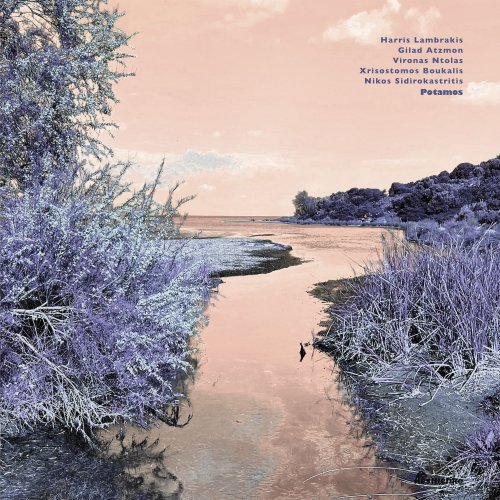
![The Mood Mosaic - Phase Shifter (Umiliani's Cosmic Funk Legacy) (2025) [Hi-Res] The Mood Mosaic - Phase Shifter (Umiliani's Cosmic Funk Legacy) (2025) [Hi-Res]](https://www.dibpic.com/uploads/posts/2025-12/1766821753_vmhoaahqyhu2p_600.jpg)
